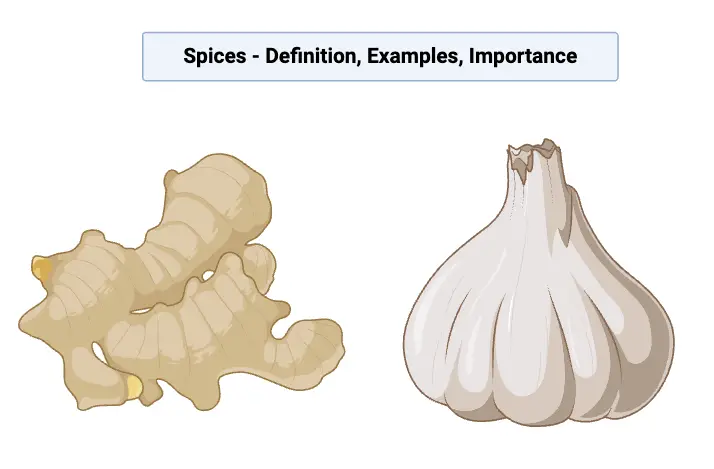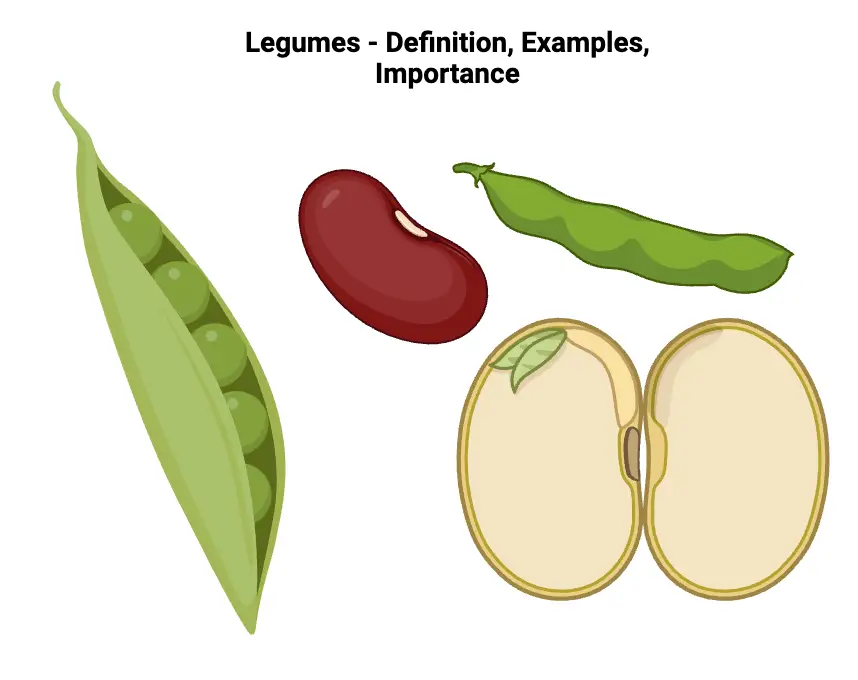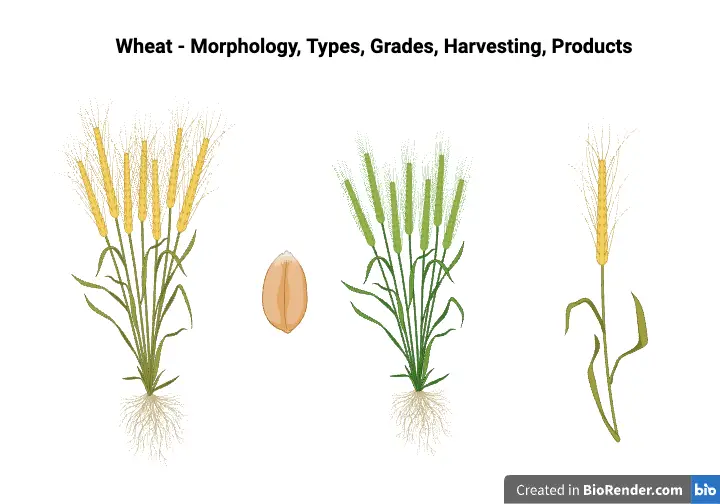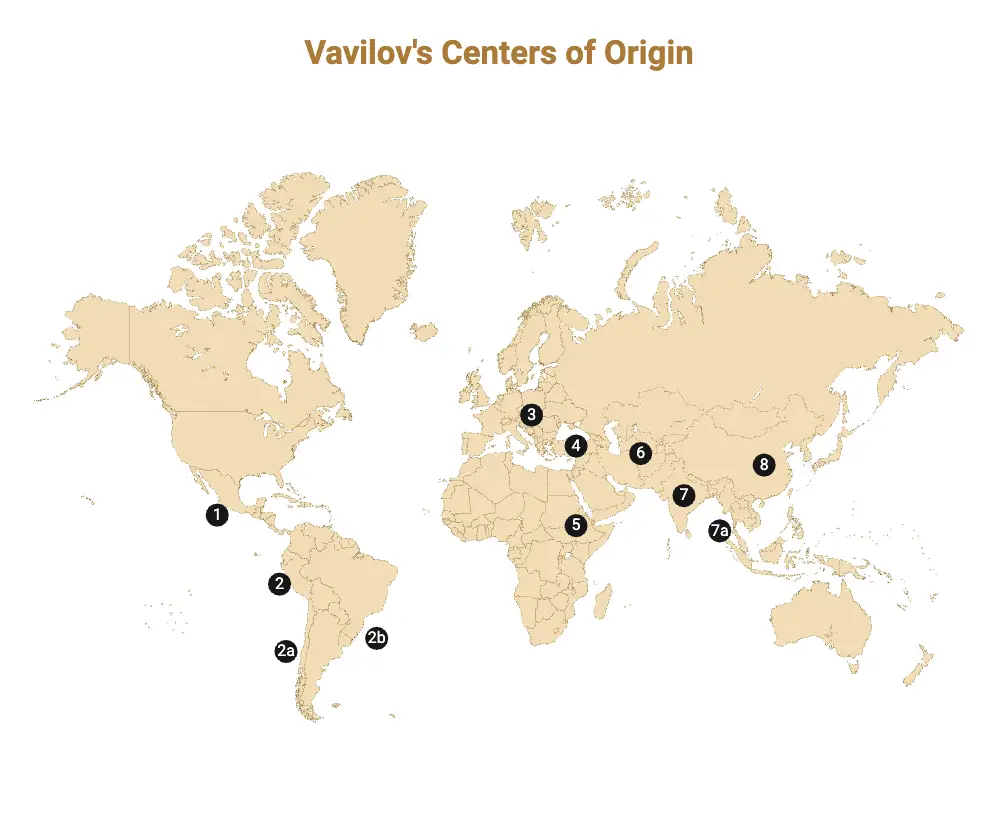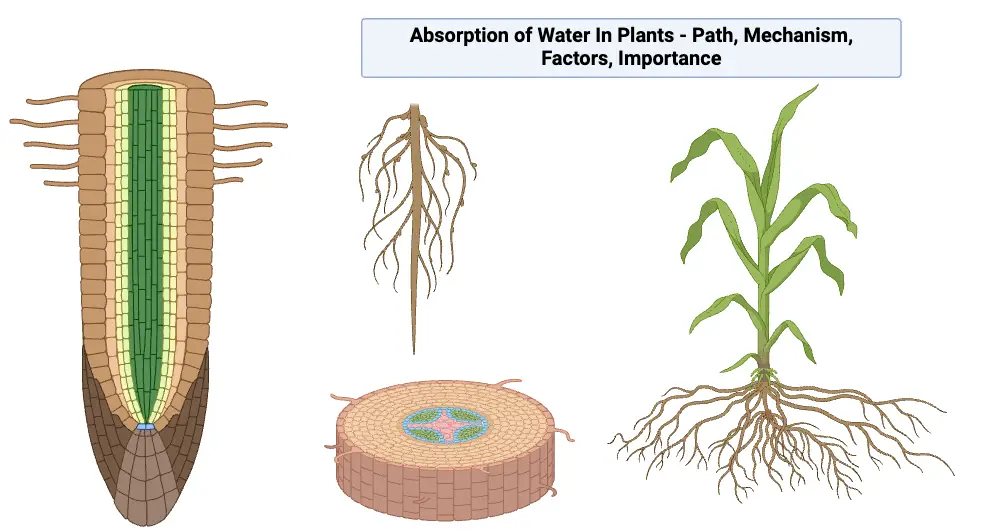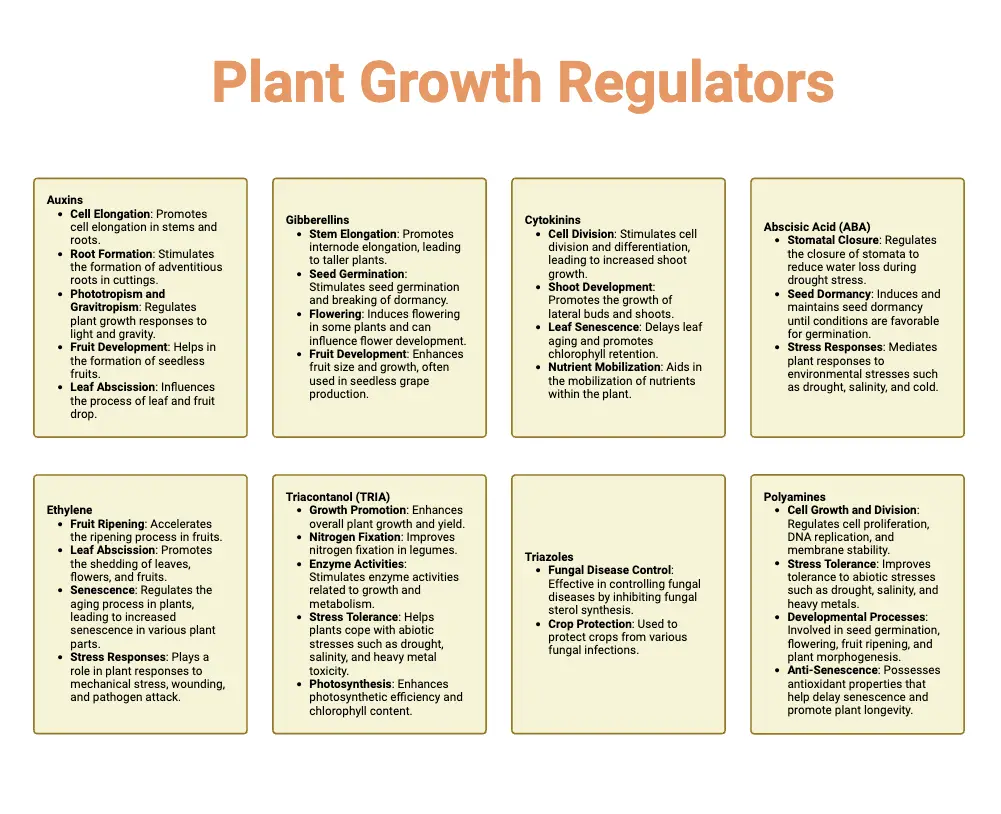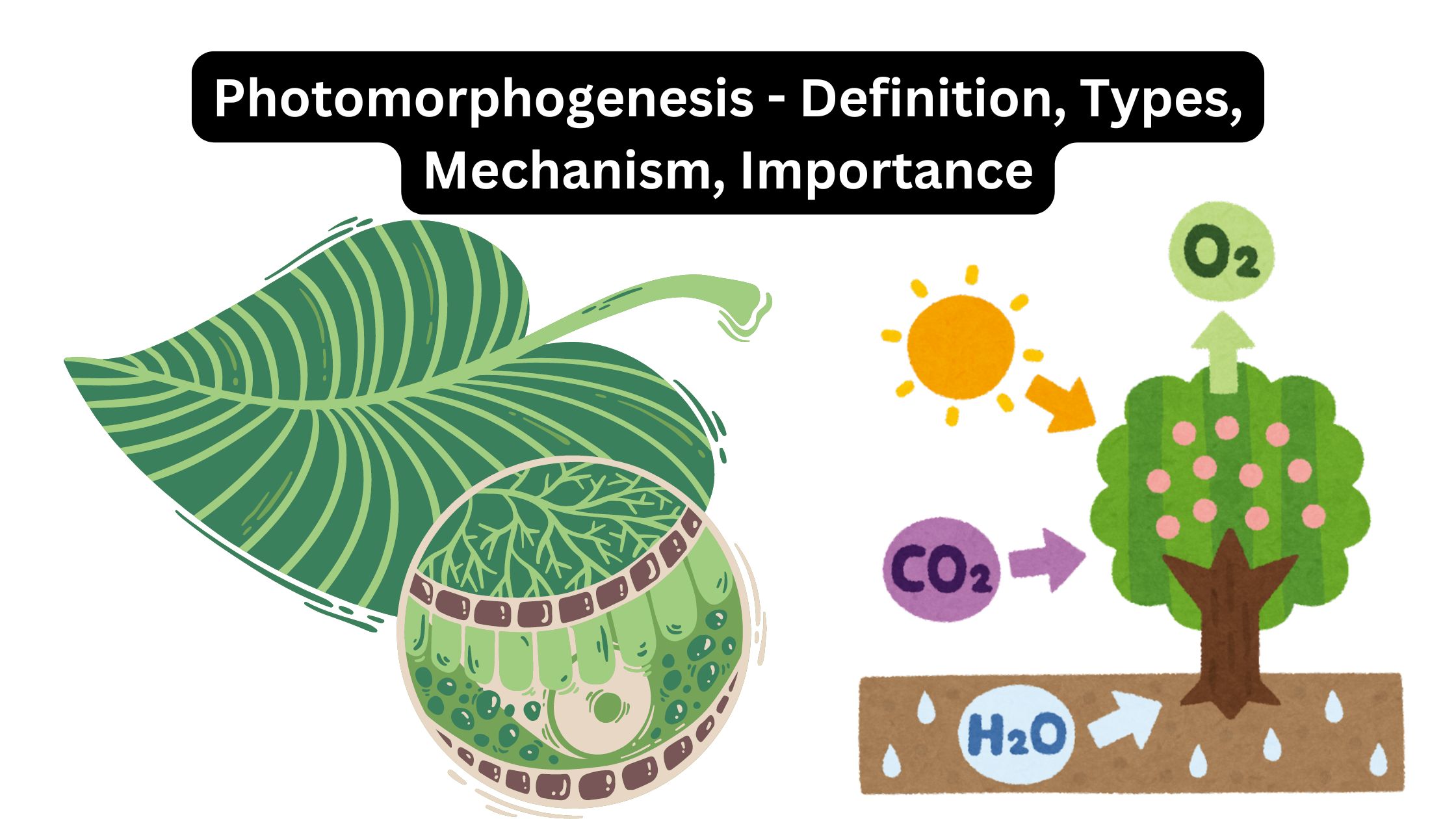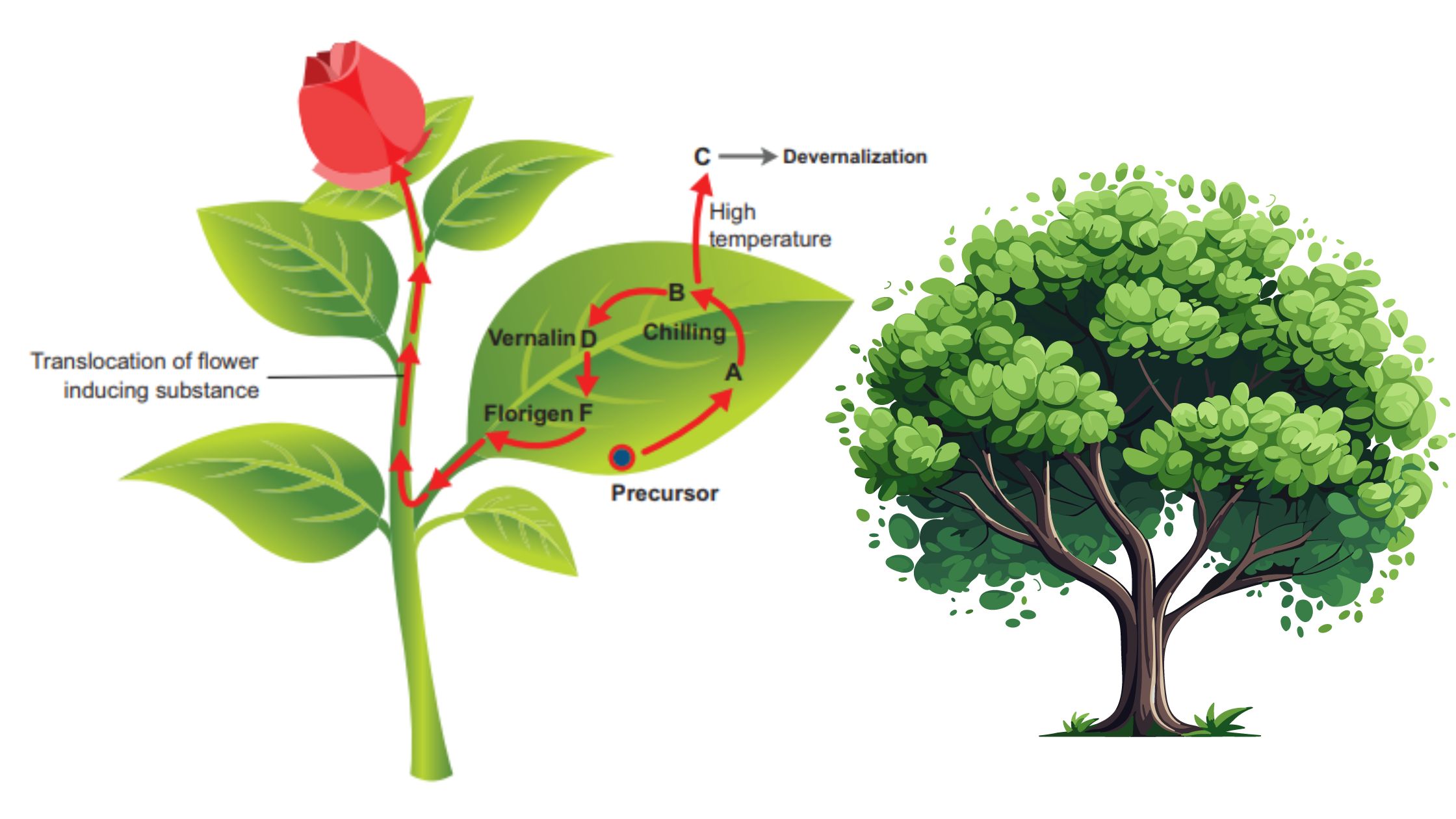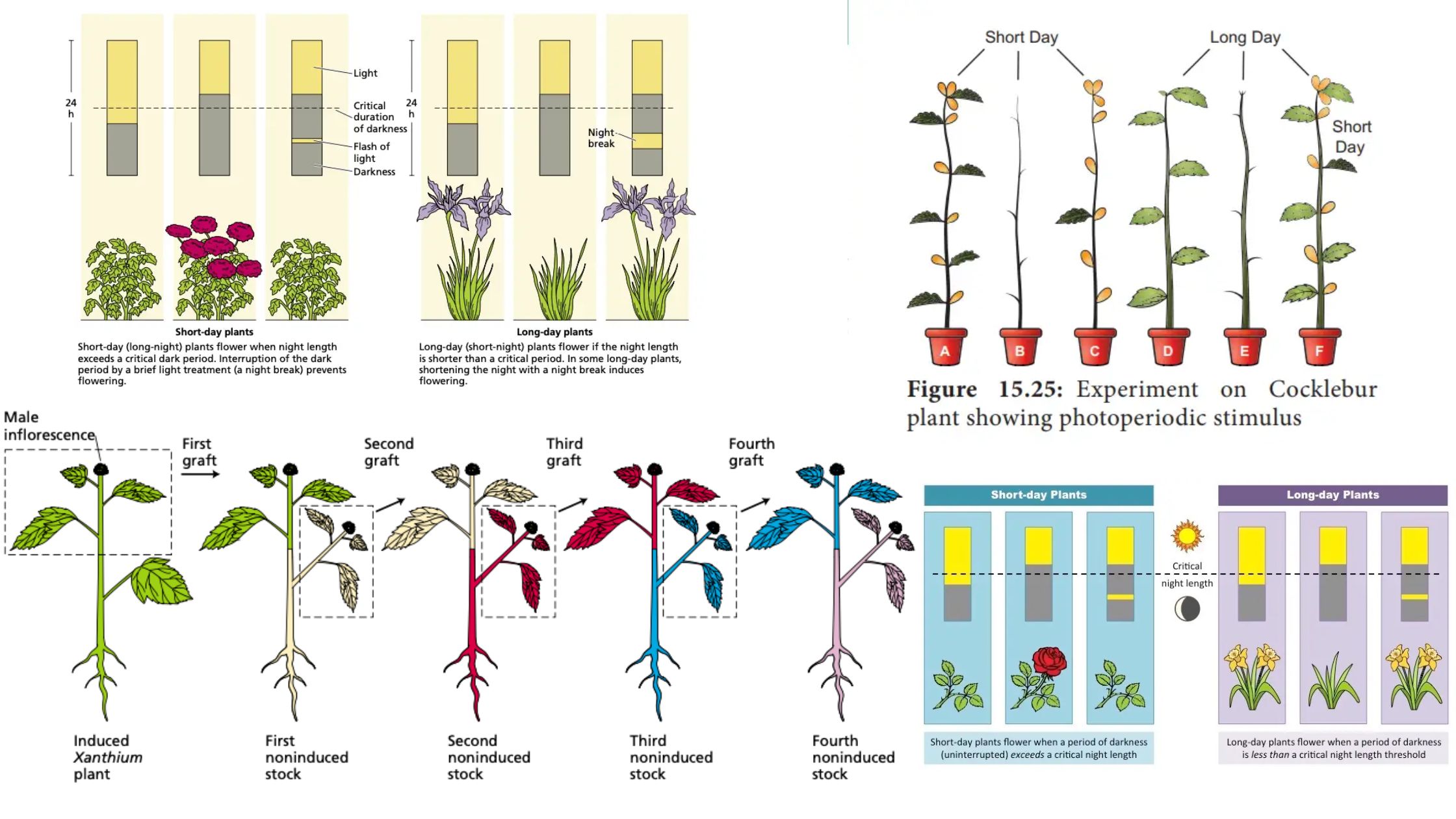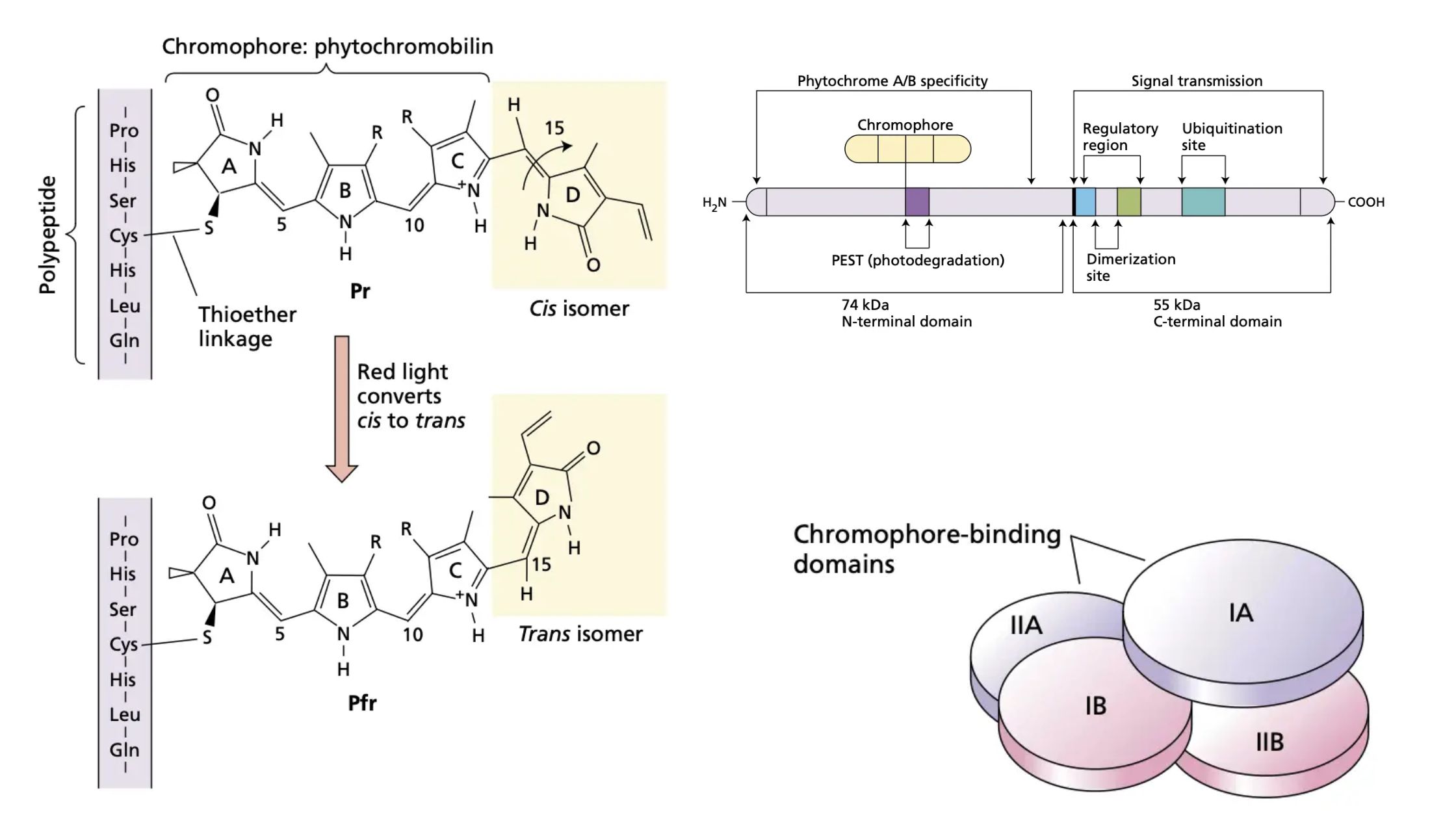General descriptions of Spices With Definition, Examples, Importance
What are Spices? Spices obtained from roots and rootstalks Spices obtained from barks Spices obtained from flowers or flower buds Spices obtained from Fruits Spices derived from fruits encompass a diverse range of botanical origins, each contributing unique flavors and uses. Here, we explore notable examples, including their botanical names, families, parts used, morphology, and … Read more
